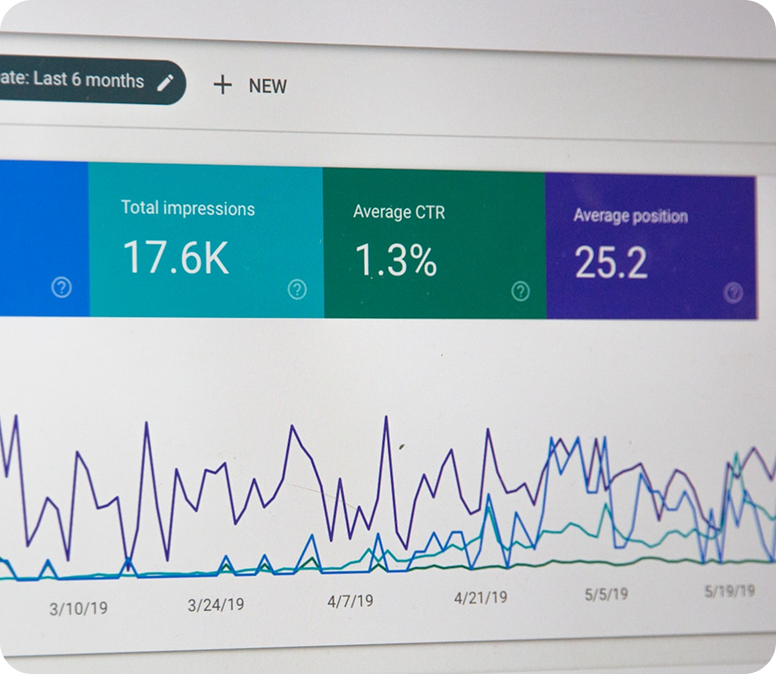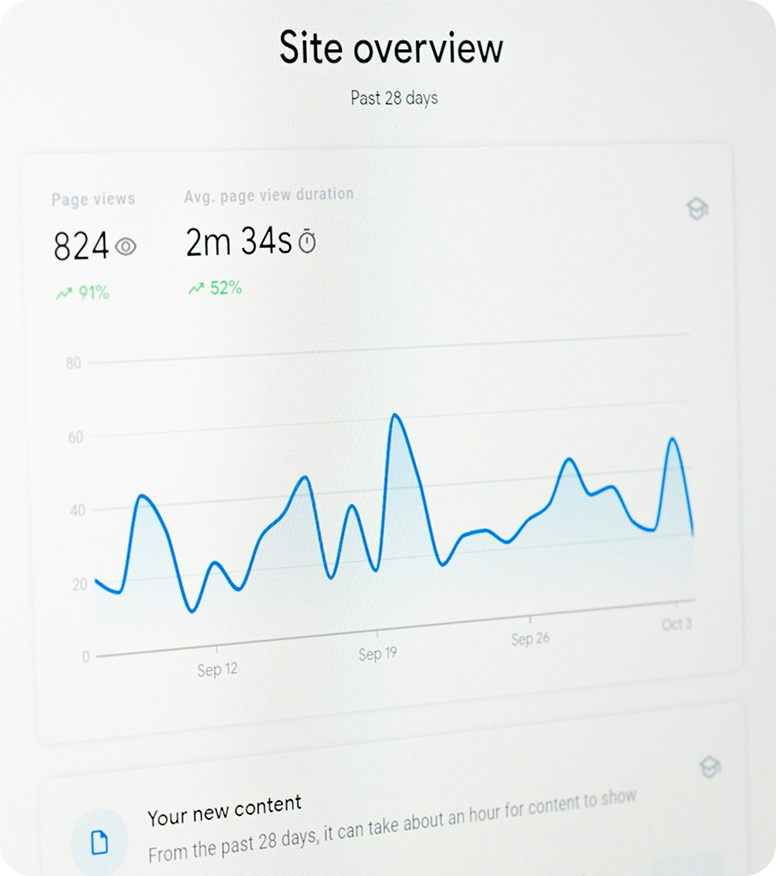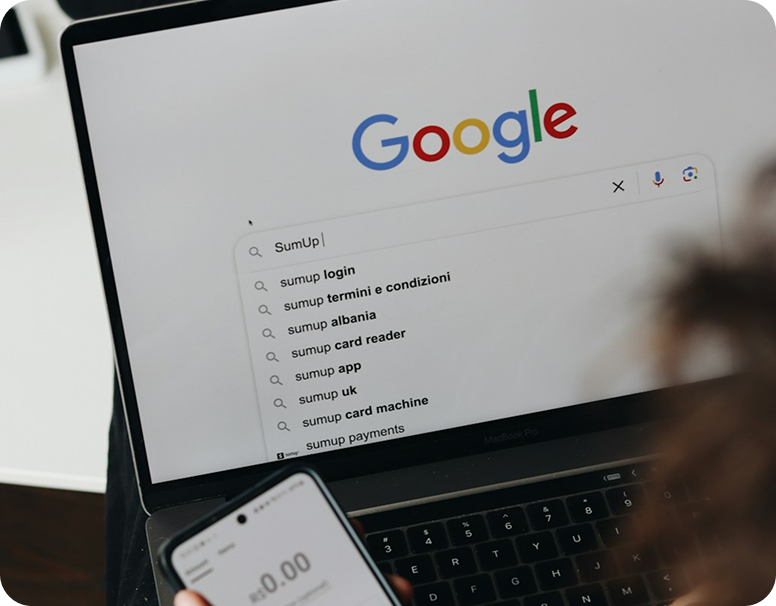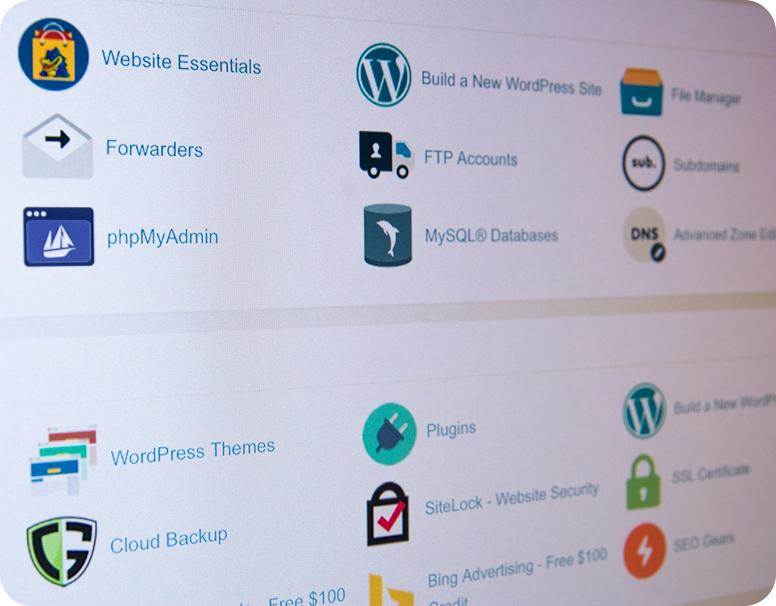Creating an SEO-friendly website design is no longer a luxury; it’s an essential strategy to thrive in the digital marketplace. From my experience working with diverse businesses, the websites that consistently attract traffic, engage visitors, and convert leads share one common trait. That is, they are meticulously optimized for both search engines and users. Yet, many underestimate the intricate balance required between brilliant design and search engine optimization, resulting in sites that either look great but barely rank or rank fairly but fail to captivate visitors.
I’ve spent over a decade in web design and SEO, working with businesses across industries to create websites that don’t just look good, but actually perform. Just last month, I helped a Sarasota seafood restaurant transform their beautiful but underperforming website into an SEO powerhouse that doubled their reservation rates within six weeks. I focus on SEO-friendly website design for Sarasota businesses to help them maximize their website’s potential.


















